Reports
-
- Clean Energy Transitions Programme (10)
- Technology Collaboration Programme (7)
- Energy Efficiency in Emerging Economies (3)
- Digital Demand-Driven Electricity Networks Initiative (2)
- Global Commission for Urgent Action on Energy Efficiency (2)
- Clean Energy Transitions in Emerging Economies (1)
- Designing for fairness (1)
- EU4Energy (1)
- People-Centred Clean Energy Transitions (1)
-
Energy Efficiency 2024
Fuel report — November 2024

-
Coal Mid-Year Update - July 2024
Fuel report — July 2024

-
Accelerating Just Transitions for the Coal Sector
Strategies for rapid, secure and people-centred change
Fuel report — March 2024
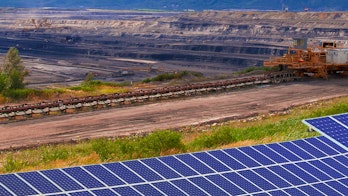
-
Indian Oil Market
Outlook to 2030
Fuel report — February 2024
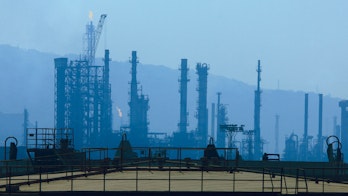
-
Energy Efficiency for Affordability
Improving people's lives through delivery of a modern, sustainable energy system in Kenya
Country report — December 2023

-
Leveraging Fossil Fuel Capabilities for Clean Energy Transitions
Assessment of opportunities in Oman
Country report — November 2023
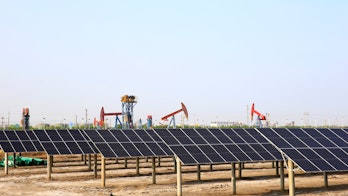
-
The Oil and Gas Industry in Net Zero Transitions
World Energy Outlook Special Report
Fuel report — November 2023
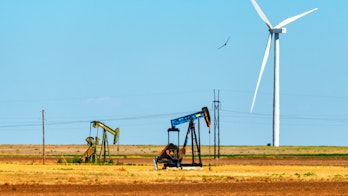
-
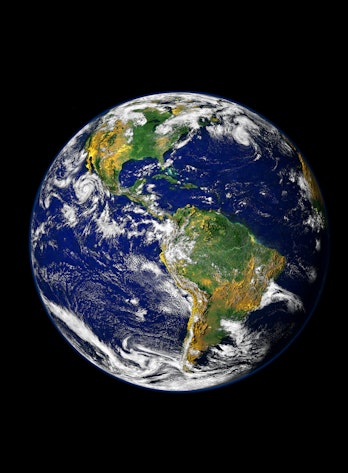
Latin America Energy Outlook 2023
World Energy Outlook Special Report
Flagship report — November 2023
-
Medium-Term Gas Report 2023
Including the Gas Market Report Q4 -2023
Fuel report — October 2023
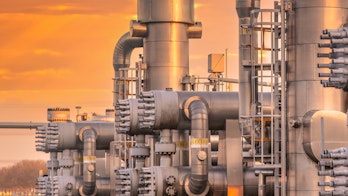
-
National Reliance on Russian Fossil Fuel Imports
How do countries rely on and consume Russian energy?
Statistics report — July 2023
-
Global Gas Security Review 2023
Including the Gas Market Report Q3-2023
Fuel report — July 2023
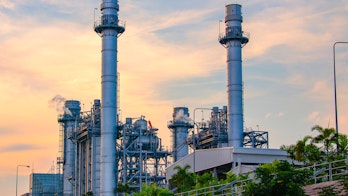
-

Tracking Clean Energy Progress 2023
Assessing critical energy technologies for global clean energy transitions
Flagship report — July 2023
-
Using Digitalisation in Emerging Markets and Developing Economies to Enable Demand Response in Buildings
Report — July 2023

-
Financing reductions in oil and gas methane emissions
A World Energy Outlook Special Report on the Oil and Gas Industry and COP28
Report — June 2023
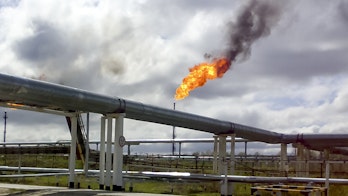
-
Fossil Fuel Subsidies in Clean Energy Transitions: Time for a New Approach?
A "price gap-plus" approach could bring carbon prices and environmental costs into the equation.
Report — February 2023
-

Energy Technology Perspectives 2023
Flagship report — January 2023
-
Energy Efficiency 2022
Fuel report — December 2022

-
Opportunities for Hydrogen Production with CCUS in China
Technology report — November 2022

-
Technology and Innovation Pathways for Zero-carbon-ready Buildings by 2030
A strategic vision from the IEA Technology Collaboration Programmes
Technology report — September 2022
-
By 2030 EVs represent more than 60% of vehicles sold globally, and require an adequate surge in chargers installed in buildings
Part of Technology and innovation pathways for zero-carbon-ready buildings by 2030
Technology report — September 2022
-
350 million building units connected to district energy networks by 2030, provide about 20% of space heating needs
Part of Technology and innovation pathways for zero-carbon-ready buildings by 2030
Technology report — September 2022
-
Solar PV and wind supply about 40% of building electricity use by 2030
Part of Technology and innovation pathways for zero-carbon-ready buildings by 2030
Technology report — September 2022
-
Installation of about 600 million heat pumps covering 20% of buildings heating needs required by 2030
Part of Technology and innovation pathways for zero-carbon-ready buildings by 2030
Technology report — September 2022
-
All countries targeted for zero-carbon-ready codes for new buildings by 2030
Part of Technology and innovation pathways for zero-carbon-ready buildings by 2030
Technology report — September 2022